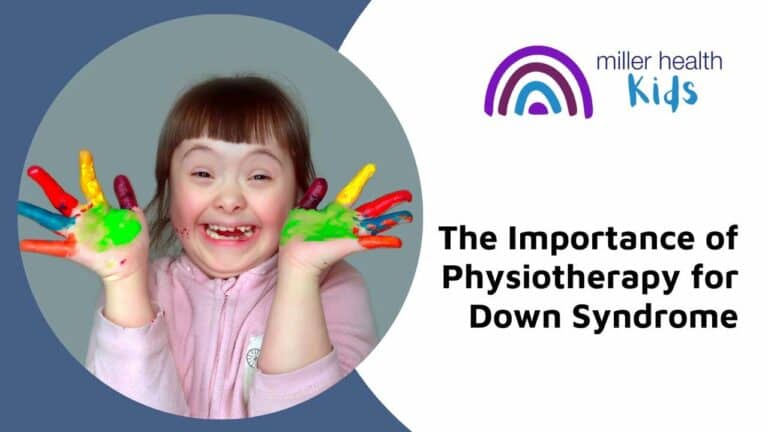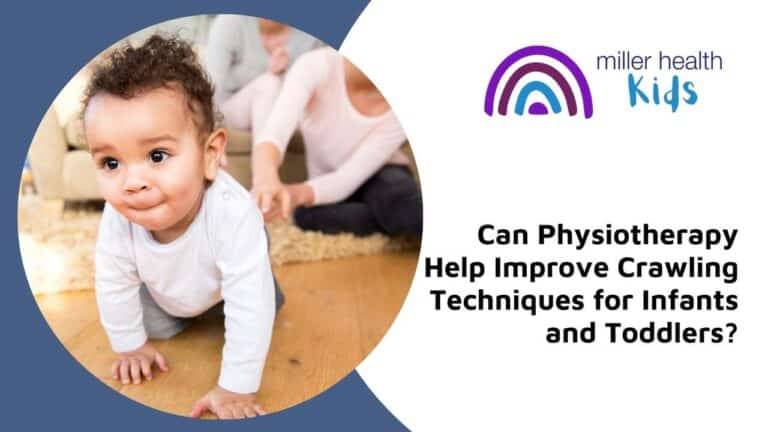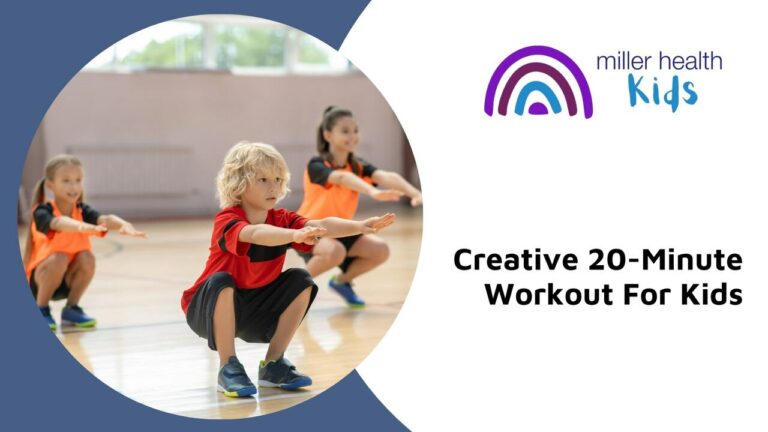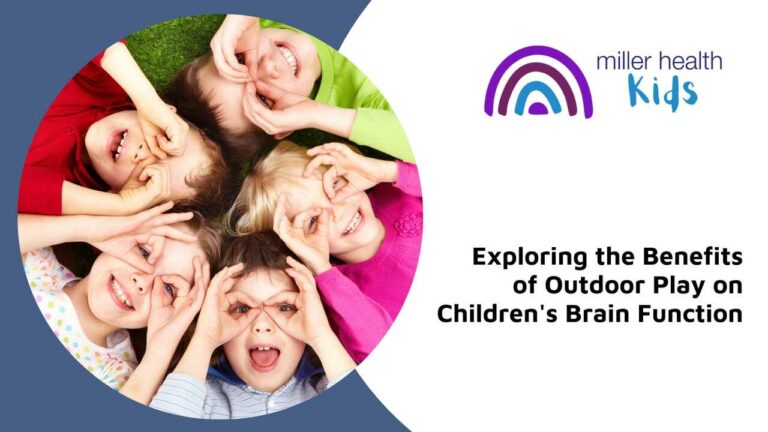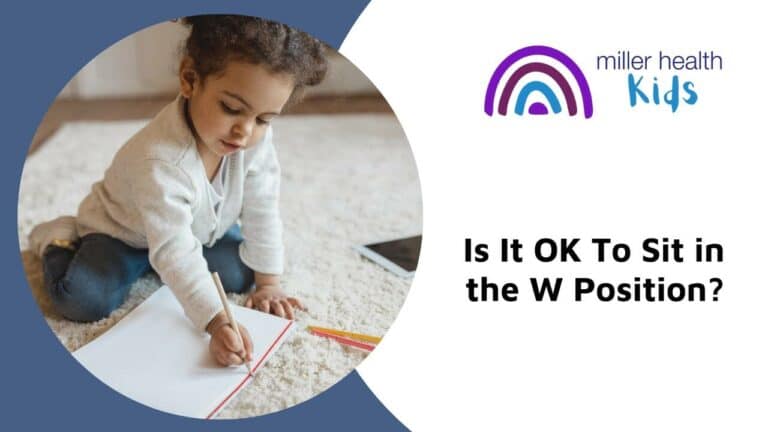
Have you noticed your child experiencing big emotions or having a hard time adapting to change without an emotional breakdown or tantrum? They may be having a hard time regulating their emotions. The good thing is that it doesn’t have to continue forever! With a little effort at home and/or the guidance of a therapist, your kiddo will learn skills to self-regulate and manage their emotions better.
Guiding Your Child Towards Effective Emotional Regulation
Emotional regulation refers to your child’s ability to effectively manage their response to an emotional situation. Many children struggle with emotional regulation as their brains are not yet fully developed, and therefore may need help learning healthy ways to cope with their emotions. By teaching your children how to self-regulate, you can improve their ability to calm themselves when upset, resist extreme emotional reactions to triggering situations, and improve their ability to react to change. Follow along as we go through a few steps to help your child with emotion regulation.
1) Identify Emotions
Helping your child learn to identify their emotions is the first step in teaching emotional regulation. This can start by teaching your children about “feeling words”. When children learn feeling words, it gives them the ability to label their emotions and express them more effectively. As well, if a child knows what emotion they are feeling, they can choose to use strategies that they know work when they are feeling that emotion.
2) Model Emotional Regulation
Children learn how to act by watching those around them, including their parents. If your child sees that when you experience a strong emotion you become extremely dysregulated, they will most likely begin to react in a similar way to emotional stimuli. By practicing healthy emotional regulation yourself, you will model healthy strategies that your child will pick up on.
3) Create a Supportive Environment
Create an environment where your child feels safe to learn new skills and make mistakes. When your child experiences emotional dysregulation, provide empathy and understanding. Later, when they are calm and ready to reflect on the situation, work together to understand what happened, why it happened, and what could be done differently next time. It is essential that you offer a non-judgmental, non-emotional environment for this reflection; stick to the facts!
4) Teach Calming Strategies
Teach your child how to calm themselves when they are feeling a strong emotion. Helpful strategies include breathing techniques, taking time and space to themselves, counting to ten, asking for a hug, progressive muscle relaxation, guided meditation, etc. Get creative and find what strategies work best for you and your kid! Sometimes the number of strategies that pop up with a quick Google search can be overwhelming. Want to find and learn simple strategies that work best for your child or dive deeper into emotional regulation? Book an appointment with Jaclyn today!
Final Words
Sometimes the number of strategies that pop up with a quick Google search can be overwhelming. Want to find and learn simple strategies that work best for your child or dive deeper into emotional regulation? Book an appointment with Jaclyn today!
Therapy for children has been proven to be effective for kiddos as young as 6 years old. If you have questions ahead of booking or are unsure if therapy is right for your child, call 705-327-5400 and let us book you a complimentary phone consultation.


